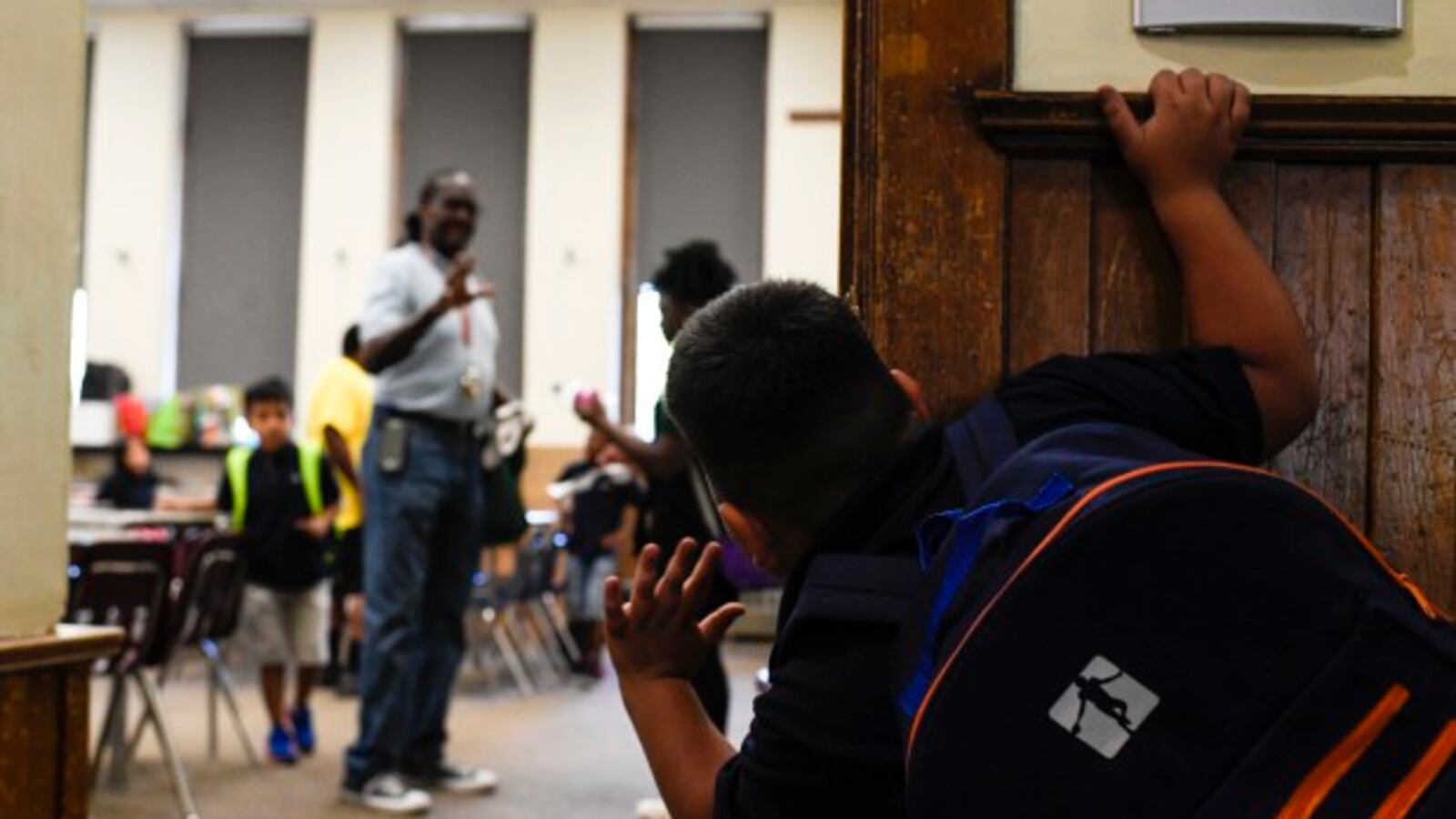Several years ago, I sat in a parent-teacher conference and observed a teacher speak to a student from a place of compassion and concern. Once the teacher finished, the parent turned to the child and reiterated the same sentiments. I thought to myself, that is the power of a stable parent-teacher relationship. It was a joy to see and feel no need to intervene.
I’ve also been thinking about the beginning of last school year, when my wife and I took our children to school on their first day. The opportunity to meet their teachers face to face brought a sense of relief that my children were in good hands. As an educator, every year I see parents’ eyes fill with tears of joy on that day.

Those interactions are tougher in this remote or hybrid learning setup so many of us are working through. Without the face-to-face interactions at dropoff or pickup, or traditional parent-teacher conferences, some parents are feeling disconnected from their children’s teachers. Teachers are struggling to build relationships, too.
I’m an administrator at an elementary school in Camden, New Jersey, where schools are still all-online or operating with a hybrid model. I’ve seen firsthand that there are no shortcuts or easy ways out of the communication challenges that make a year like this one so hard. Even veteran teachers are anxious.
But developing strong ties between schools and families has never been more important — and the basics are still the same. Here are a few of the lessons I’ve learned.
First, and most importantly, get out ahead of the problems. A common mishap is waiting until a student has an incident to initiate contact with parents. Waiting until an incident to initiate parent contact is the quickest way to deteriorate parent-teacher relationships before they begin.
I remember vividly a phone call from parents that demanded their child have a new classroom teacher. While I listened to the concerns, I heard the parents vocalize the teacher only reaches out when there is a problem. Communication involves an update on progress, both positive and negative.
Focus on first impressions. I once took over a class in the middle of September, and I still remember this feeling of being watched by the parents and students on my first day. Regardless of the stares and glares, I proceeded with my normal procedure as I introduced myself and had the class line up to make our way to our homeroom.
Weeks later, during back to school night, I was approached by the same parents. They told me they were nervous because their child never had a male teacher, but after observing me on my first day, they were confident their children would be fine. First impressions are vital.
This year, virtual learning creates a distance that limits in-person interaction. But a video can help capture your personality, experience, teaching philosophy, and passion for teaching. A quick introduction video is an adequate substitute to allow parents and students to meet the teacher and gain a strong understanding of the teacher and classroom setting. Quick, two-minute videos are a great tool to stay connected with parents. Regardless of where you are in the school year, it is always a good time to send a video with updates and exciting news from your classroom.
Don’t forget to follow up. In a virtual setting, parents lose the ability to visit the school to ask questions and speak to the teacher. Providing close interactions where parents have the opportunity to interact with educators is important, and so are follow-up conversations that reiterate what was previously discussed.
On many occasions, I have had follow-up conversations where the information that was conveyed was lost, or received differently than intended. I learned never to leave room for misinterpretation and always have a follow-up conversation. One easy way to do it: Prior to the meeting, draft an email that captures the main points. After the meeting, revise and send.
Talk one on one. Hosting virtual meetings with parents allows parents to get answers to questions or raise concerns. Conducting meetings in groups can prove beneficial and efficient. But group settings can be intimidating for some parents, especially if they have personal questions about their child. A phone call following the virtual class meeting can offer that sense of personal attention that every student deserves and every parent desires.
Last year, my wife called me feeling so excited about the school year because our son’s teacher reached out to her. The teacher informed my wife that she wanted to try a new method to help my son feel more comfortable in the classroom. The teacher’s observation of my son’s reservation, coupled with her call, meant so much to us.
Many teachers have enough students in their classes to make this difficult. I try to remember: calls do not have to be extensive. The purpose is to provide caregivers the opportunity to ask a question specific to their child, and gain information that could help me better understand and serve the students’ educational needs. Save the in-depth discussions for when your time allows.
Building relationships with parents can be challenging, and the challenge is only magnified with virtual learning. This is tough on students and parents but also on educators. An extra level of personal touch is more necessary than ever.
George Farmer is an administrator serving the southern region of New Jersey and author of the blog FarmerandtheBell. With over a decade in education, his experience ranges from kindergarten to high school.



